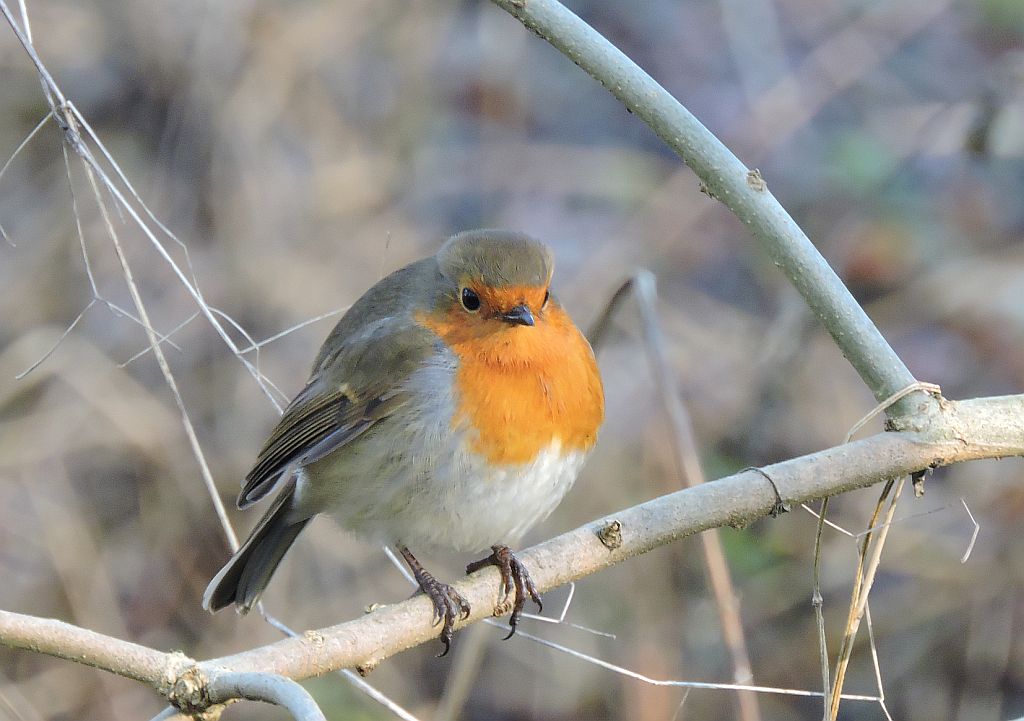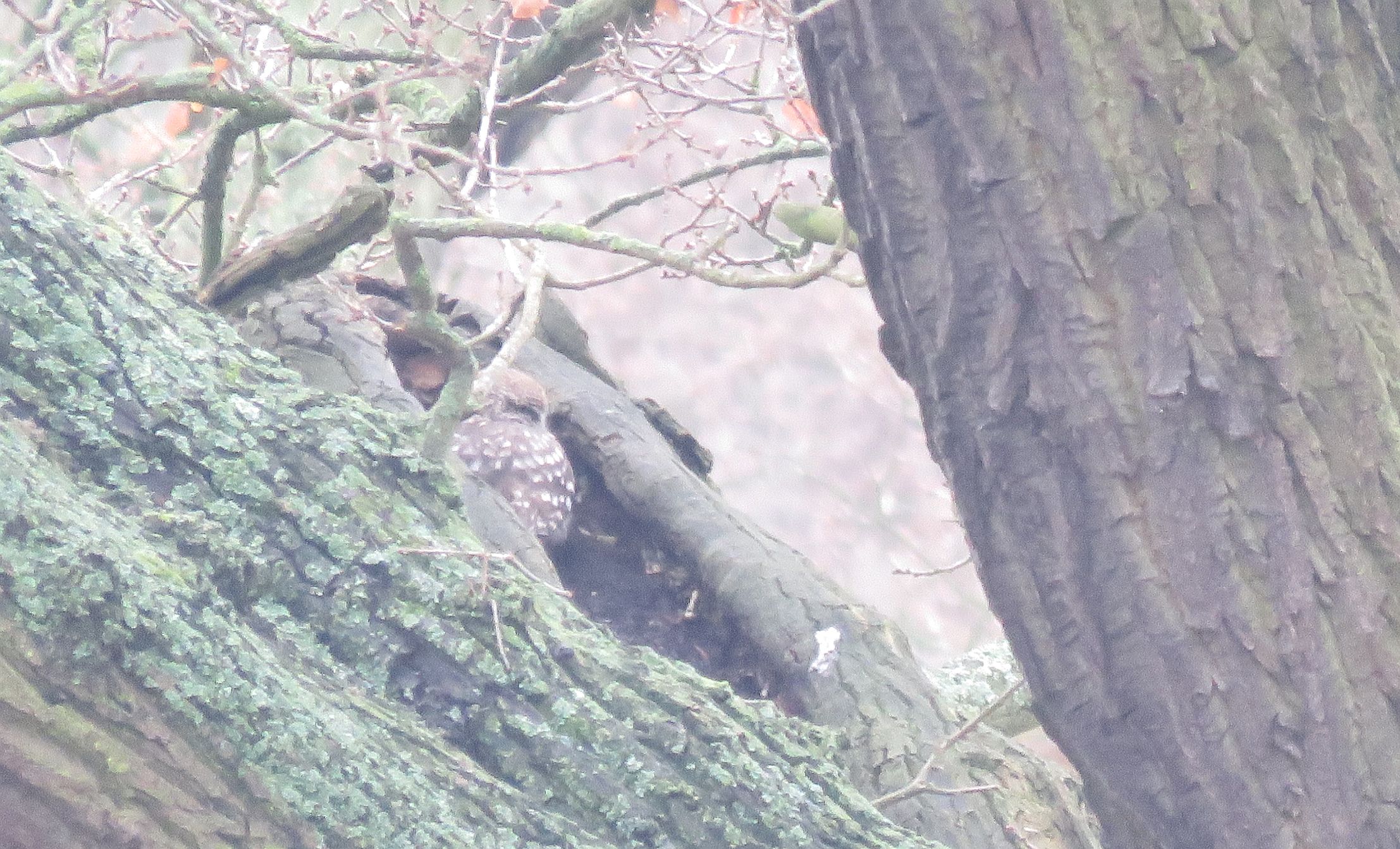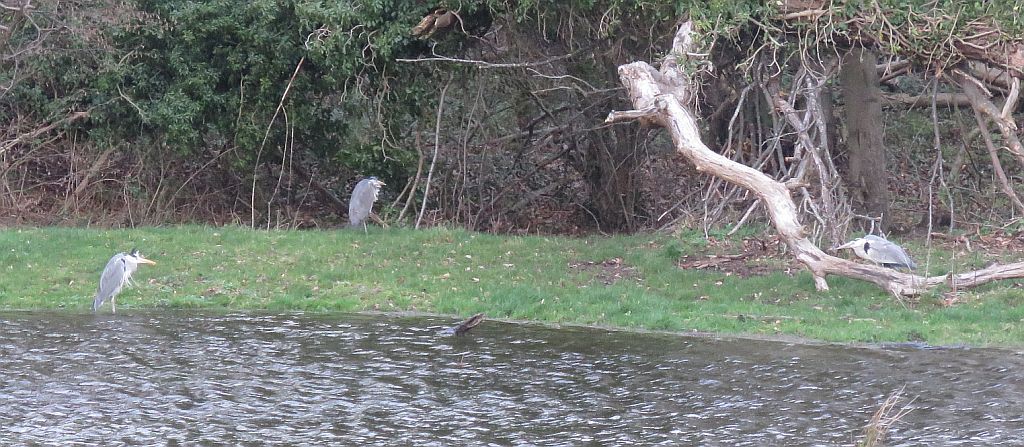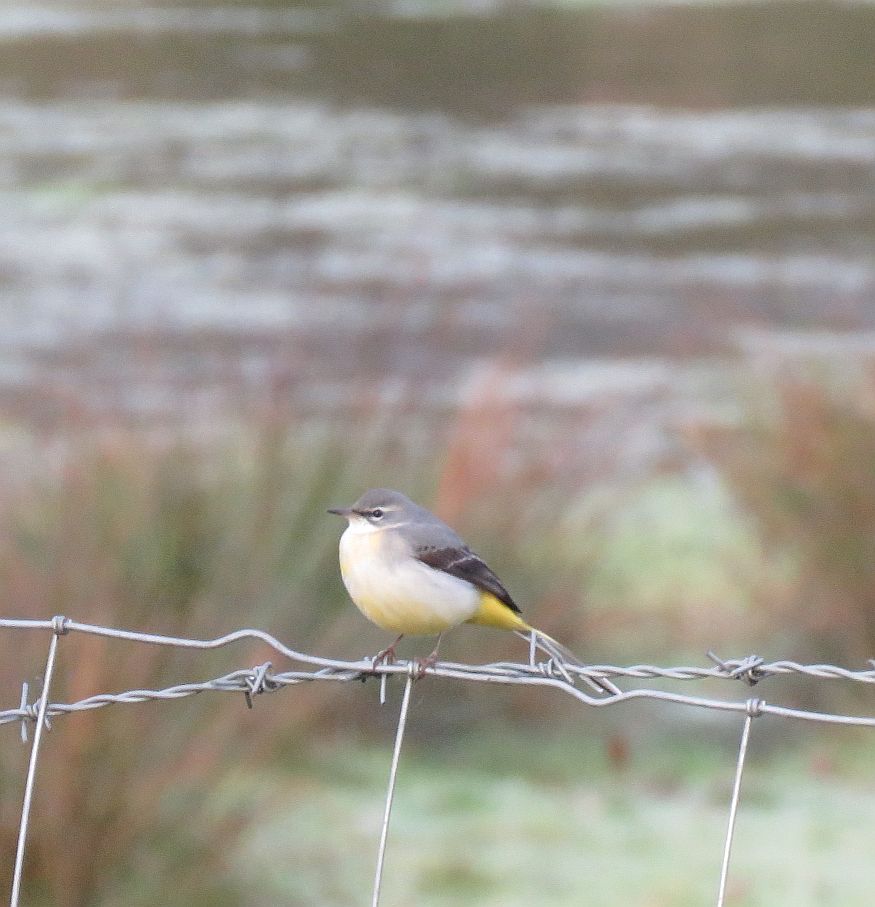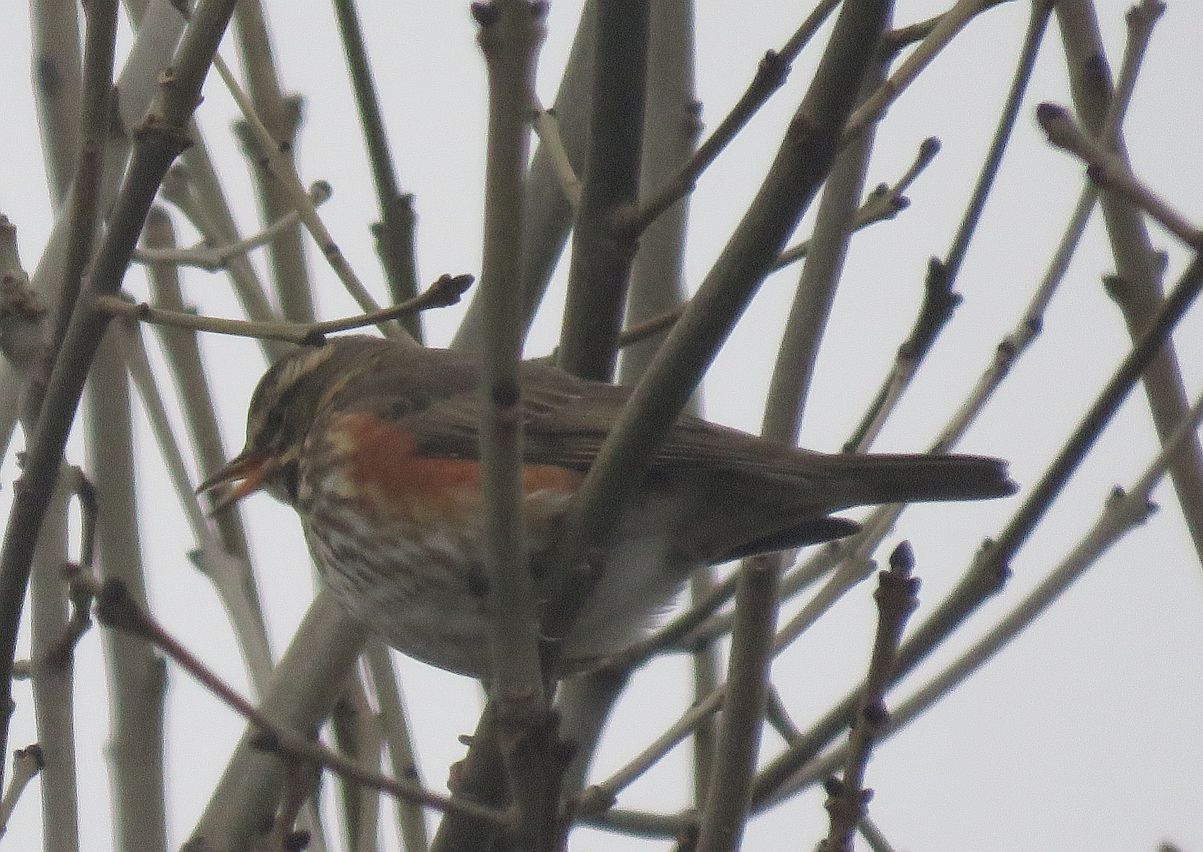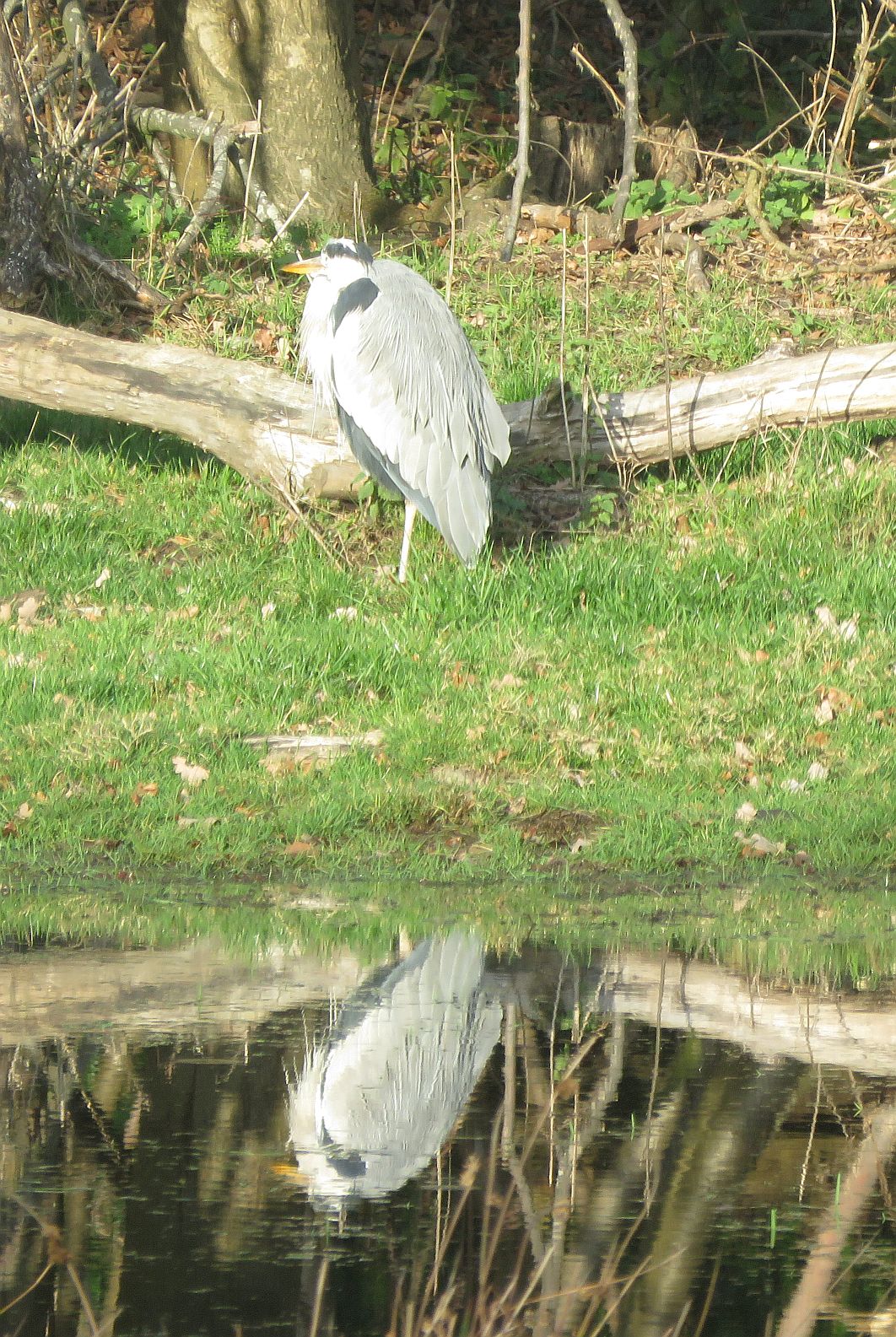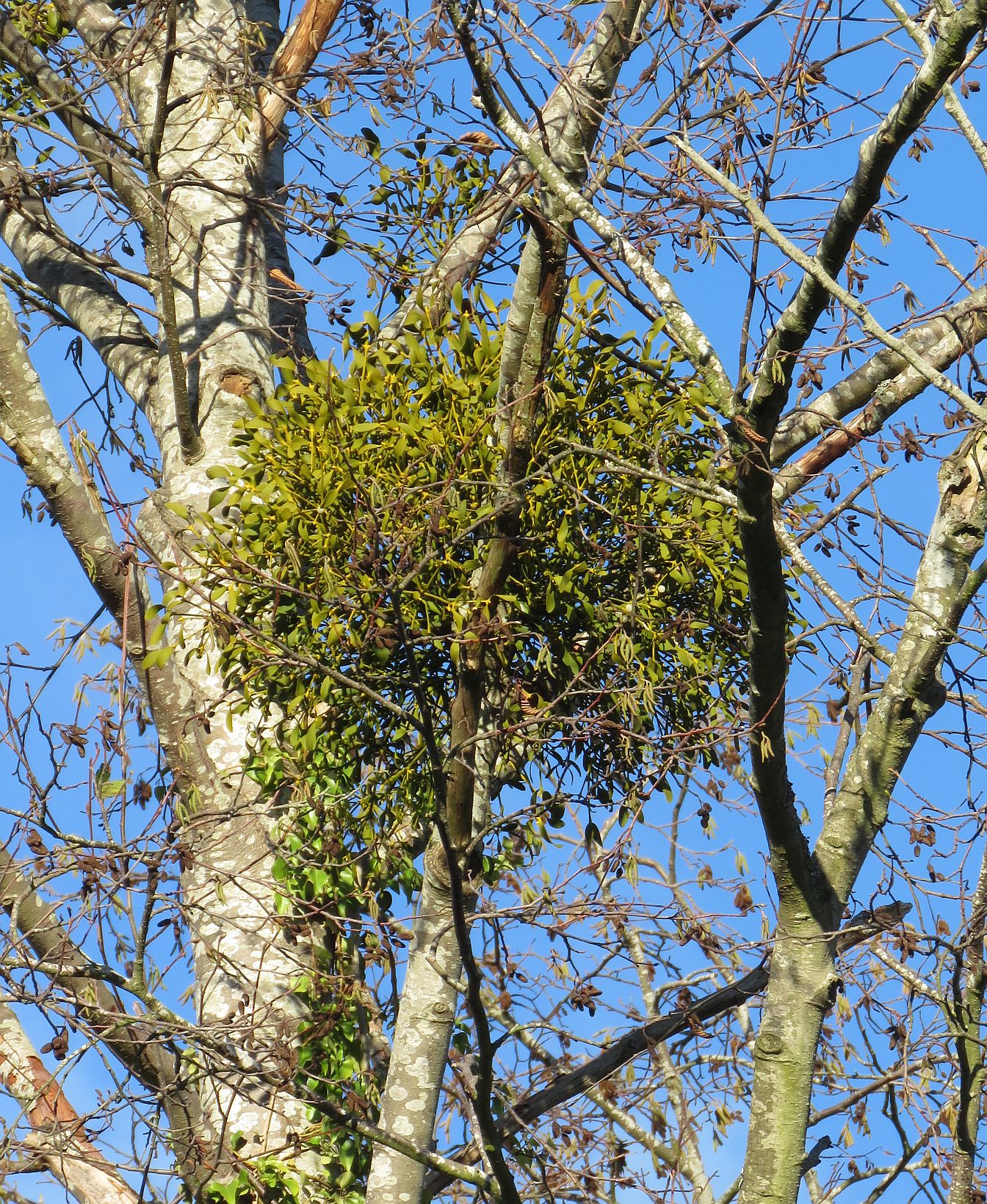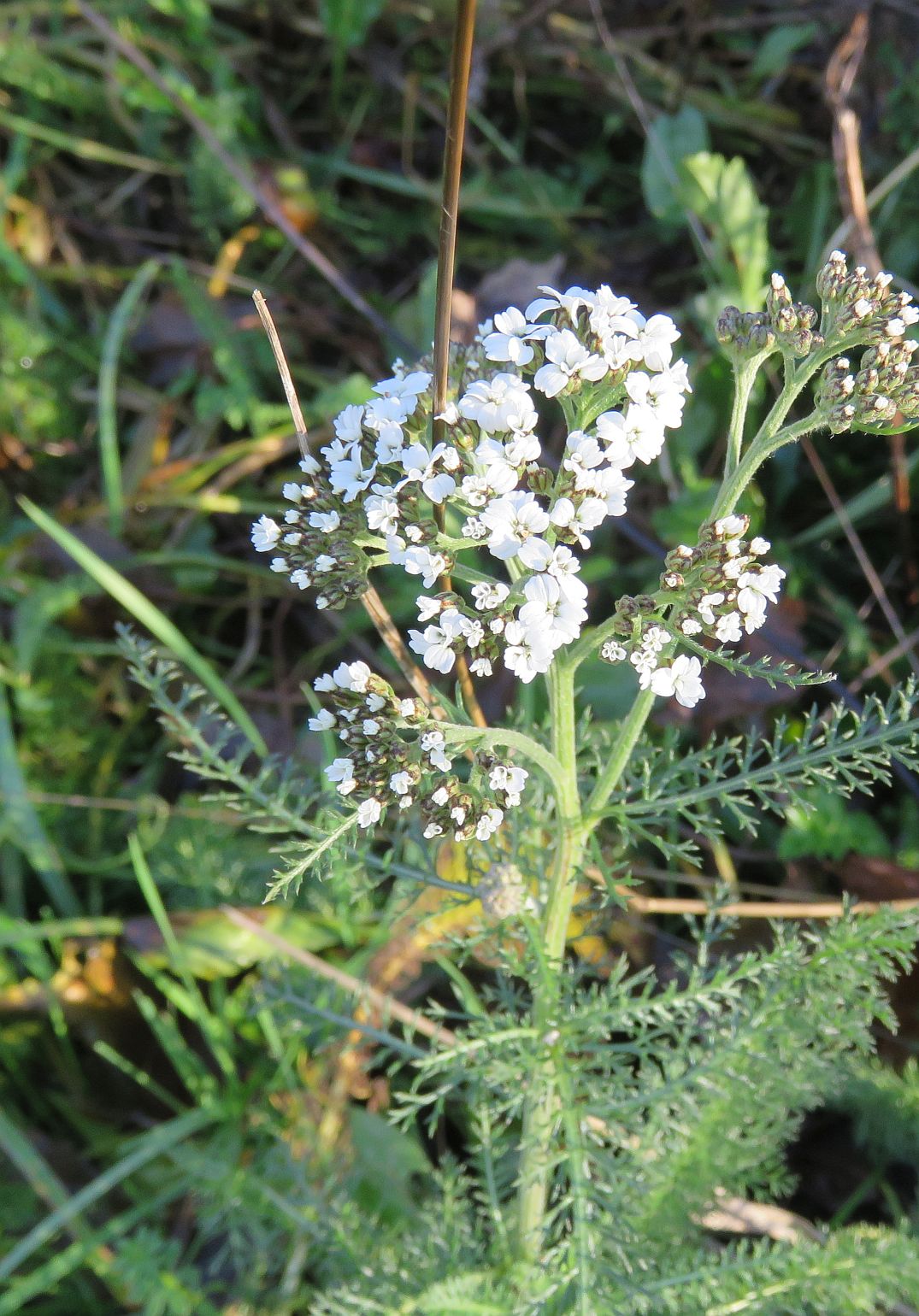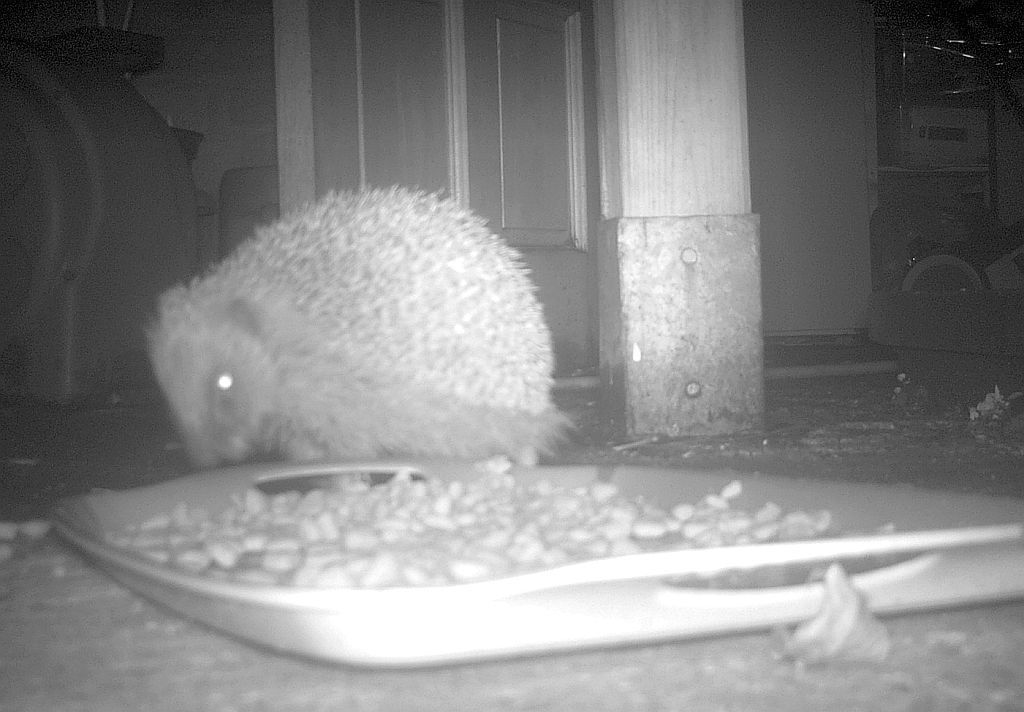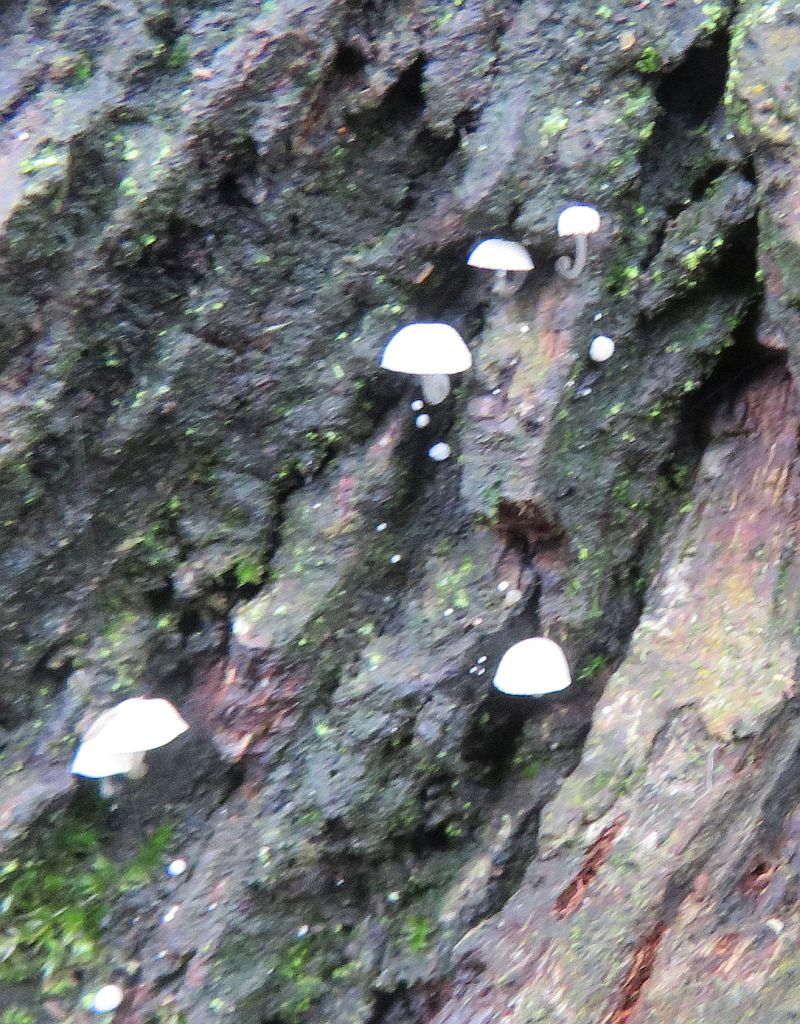
Click on the link to send in your sightings foteb @hotmail.co.uk or cut and paste address.
For previous months sightings see Archive
The "Area Seen" refers to the 10 sections that the Brook has been split into for monitoring purposes (see Wildlife page under Monitoring ).
All sightings unless stated are from personal observations by Eddie Napper
Click on any picture to see a larger image
|
Birds 29/12/18
25/12/18
24/12/18 A Kingfisher was seen flying under Emmbrook Road bridge downstream on the Emm in Area 6 towards Emmbrook School by Paul Browning. 21/12/18
16/12/18
15/12/18
13/12/18 In Area 10 a Kingfisher flew from the Emmbrook then down the Loddon seen by Richard Marsh. 11/12/18
09/12/18
08/12/18 With the weekend comes more time to gaze out of the window. My first Redwing of what I believe is now the meteorological winter was seen in a tree in my Area 5 garden. 06/12/18 5 Redwing flew over the Area 10 car park field,a female Bullfinch was seen and a Grey Wagtail was flushed in the car park, all seen by Richard Marsh. 05/12/18 This mornings early singer was a Song Thrush its distinctive and repetitive song phrases cutting through the gloom. 04/12/18 In Area 1 a solitary Ring-necked Parakeet was heard noisly heading S by Sean Stevenson. 02/12/18 Robins are one of the first species to start singing in earnest at this time of the year, with the males marking out their territories in readiness for the coming breeding season.This morning they started about 04:00 probably helped by the streetlights.Meanwhile in Area 10,16+ Ring-necked Parakeet landed in a large Oak on west side of car park field and a Siskin flew over seen by Fraser Cottington. 01/12/18 Area 4 and heard by Paul Bright-Thomas was a hooting Tawny Owl at 02:00 near Morrisons. |
Insects
23/12/18 We don’t expect to see many insects on the wing in winter along the Emm , but just a little sunshine draws out swarms of tiny dancers. These are Winter Gnat Trichocera annulata delicate leggy flies which are dancing to impress the females. Though they are active year-round, Winter gnats are most noticeable in the colder months when the males perform their courtship dances. Swarms gather in areas that are kept warmer by the sun, such as woodland glades, riverbanks and above sun-warmed objects. Sometimes following people purely for the heat they give off (though they resemble mosquitoes they do not bite). In low winter sunshine, the reflective wings of the dancing swarms can make them appear like apparitions. In fact the gatherings are sometimes called ‘ghosts’ This act of gathering together to attract mates is known as ‘lekking’ and is thought to make them easier for females to find. Each male flies up and down to his own rhythm, but they cleverly space and pace themselves out to avoid colliding with others in the swarm. If threatened, they are quick to scatter and re-join nearby. Keep an eye out for them. Plant/Trees 09/12/18
|
Other Wildlife Amphibians and Reptiles
Mammals
27/12/18 At 04:30 a male Red Fox Vuloes vulpes was running through Brookside in Area 5 barking. Always a scary way to wake up 19/12/18 A Roe Deer Capreolus capreolus was seen moving swiftly across the fields before leaping ovor the fences either side of the drive to Ludgrove School at lunchtime in Area 1. 11/12/18 At 14:00 in my Area 5 garden a European Hedgehog Erinaceus europaeus was visiting. 01/12/18
Molluscs
Fish
Fungi
02/12/18
|
